There has been some pushback against my getting started on a New Theory of Climate Resilience. Thanks everyone for the discussion so far. I do appreciate the challenges — good science demands we ask hard questions.
But I’d also like to gently point out something that may be going unnoticed: many of the critiques of my TAC hypothesis — lack of peer-reviewed global flux quantification, no predictive model, isotope uncertainty — could just as easily be applied to the IPCC’s own CO₂ attribution framework. This hypothesis is a proposed second plank of my new theory, it is building on the work of Ivan Kennedy and colleagues with important foundational modelling work by them already published, click here.
In the meantime, it is perhaps worth reflecting on the limitation of the current IPCC position on origins of atmospheric carbon dioxide, for example:
1. The IPCC uses ocean-atmosphere CO₂ flux estimates with wide uncertainty bands (± gigatons).
2. Their radiative forcing models are tuned but not directly falsifiable.
3. Biological processes like ocean surface calcification are largely excluded from the carbon budget.
4. The δ¹³C attribution to fossil fuels assumes no other significant source of light carbon — something I’m challenging directly.
If we’re going to demand quantification and peer review from challengers like me, shouldn’t we expect the same rigorous scrutiny of the IPCC assumptions — especially since they’re the foundation for global policy and economic transformation?
I’m not asking anyone to agree with the TAC hypothesis — only to consider whether it’s being dismissed too quickly simply because it offers a biological rather than industrial explanation. And perhaps we’re all better served by exploring competing hypotheses, even if they are uncomfortable.
Let’s not let strategic simplicity override scientific curiosity. That’s how breakthroughs get missed.
Cheers, Jennifer
April 10, 2025
PS. I shall attempt to paste a great table developed by Walter Shepherd in conjunction with ChatGPT that summarises our new hypothesis relative to the IPCC position.
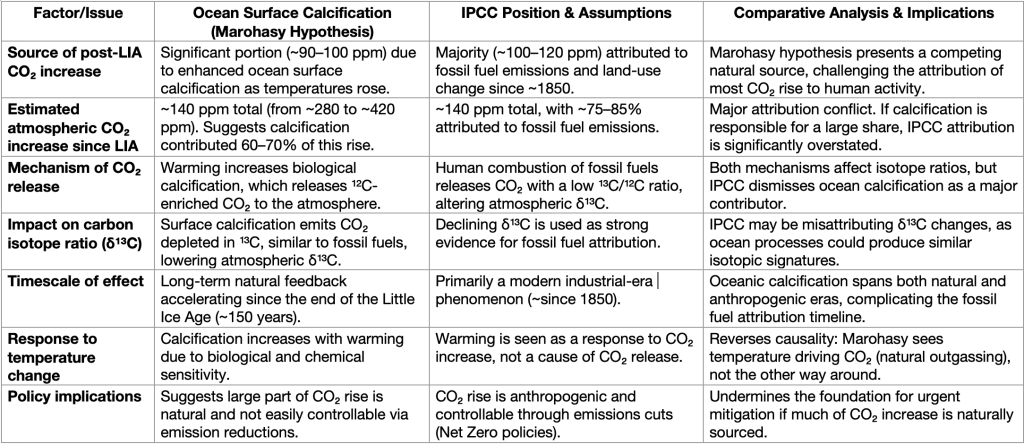
Inaugural Megafauna Expedition & Photographic Competition: Winner of the category ‘Largest Coral Colony’ is Jenn Mayes with a mega Porites sp. measuring 3.0 by 3.6 metres.
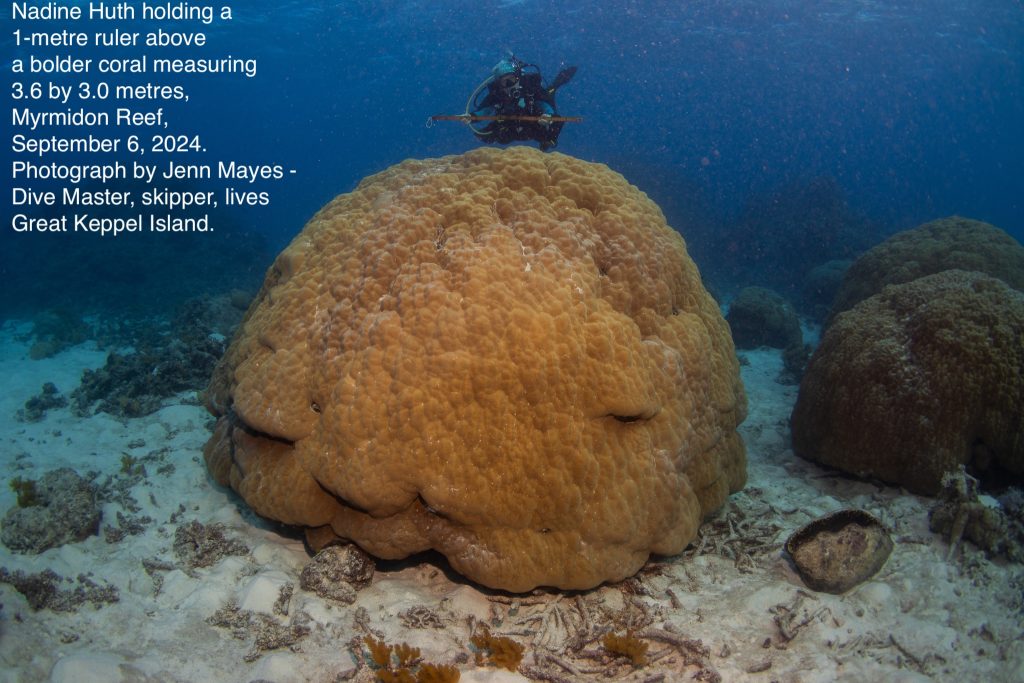
More information at the marine megafauna page, CLICK HERE.
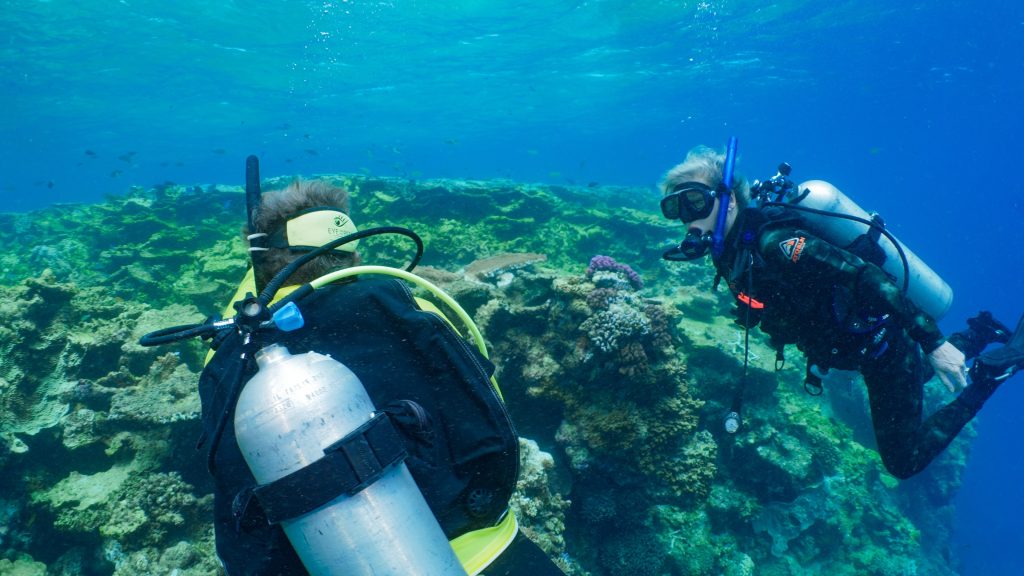
I am a scientist, who writes and edits books, articles and I have this blog. My original training and professional experience was as a biologist. More recently I have published in a diversity of different academic disciplines including law and climate. If there is something I am specialised in, it would be statistical analysis of time series data — and as I move into my sixtieth year on this Earth, I am increasingly interested in natural cycles, of life and climate.
Some of these cycles are more amenable to measurement than others. My focus at the moment is the Great Barrier Reef because of the incredible beauty that can be found there, and also because of its proximity to where I live and my love of Scuba diving.
Of course, there is an inevitable political dimension to this work, because I always take an empirical approach, which means I am evidence-based. This is increasingly at odds with popular narratives be they from the right or left of politics.
How can it be that the experts tend to see ‘nothing’ or ‘catastrophe’. How is it that the natural cycles of life escape them?
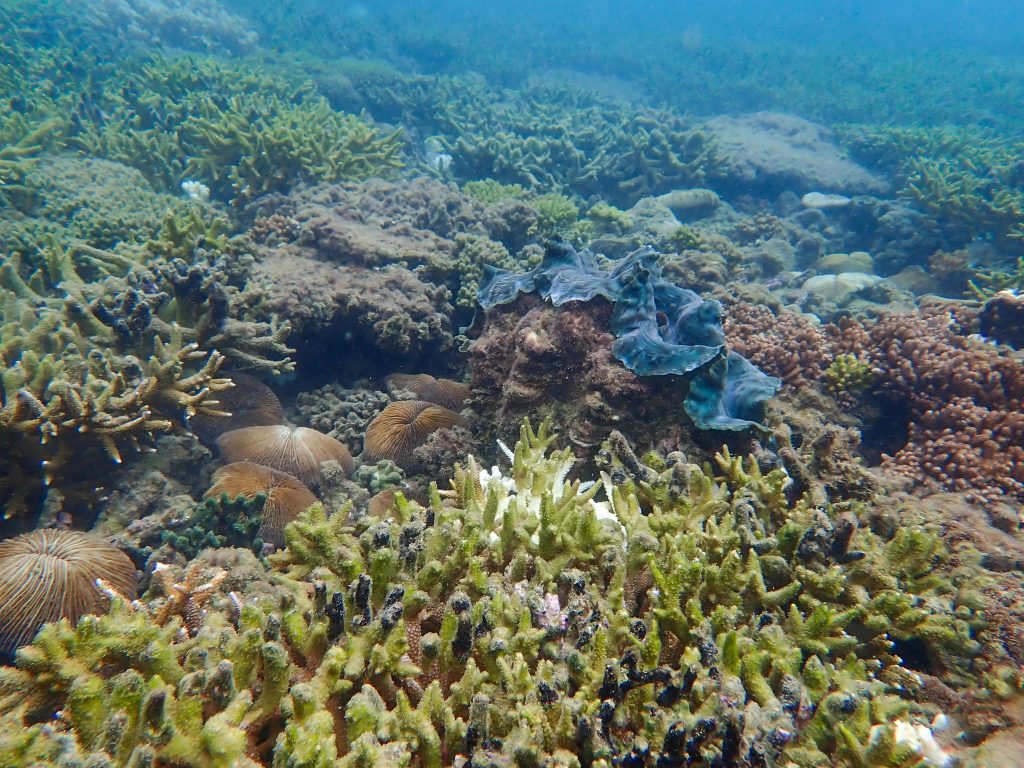
Oceans, Not C02, Warming the Atmosphere – April 2024 Update
It is never a good idea to uncritically repeat nonsense. Yet that is what a lot of people increasingly do, in particular journalists on the nightly news, but also climate scientists from both the left and right of politics. I guess they feel they have no choice. But we always do.
A popular chart featured across news channels here in Australia is ‘Daily Sea Surface Temperatures, World’ and it suggests that this last year ocean temperatures have been particularly warm and are currently trending just above 21C. At the same website you can find ‘Daily Surface Air Temperature, World’ that also suggests this last year has been particularly warm, with air temperatures this April averaging around 15C.
If we believe this information, ocean sea surface temperatures are on average, about 6C warmer than surface air temperatures.
If the surface of the ocean is on average so much warmer than the atmosphere immediately above it, the direction of heat transfer must be ocean to atmosphere.
To suggest otherwise is nonsense. Yet the scientists informing the journalists relying on this same information are suggesting greenhouse gases in the atmosphere are responsible for the warming of the oceans.
As a civilisation we seem to have forgotten how to think logically.
That the ocean is warming the atmosphere (not the other way around) is also evident from the lag in temperatures, considering this same data. Atmospheric temperatures are lagging the warmth in the equatorial Pacific by a good two months.
I’m sceptical of some of this data, but if it is to be believed and promoted, then let’s be honest to the story it actually tells!
Consistent with the nonsense, some of my colleagues who are meant to be sceptical (the first duty of a true scientist) have been telling me clouds control the climate and global warming is due to cities and asking me to promote the new Climate: The Movie.
Of course, clouds can stabilise the climate and may act as important negative feedback, but they do not create the seasons or even past Ice Ages. Clouds do not control the climate.
As regards the UHI effect, it is real, but considering the latest global satellite data from the University of Alabama Huntsville, which is much discussed in the new movie but never shown, all of the troposphere is particularly warm, not just the cities.
Furthermore this UAH (University of Alabama Huntsville) data does not measure UHI (Urban Heat Island) effects, so why confound the two in the movie?
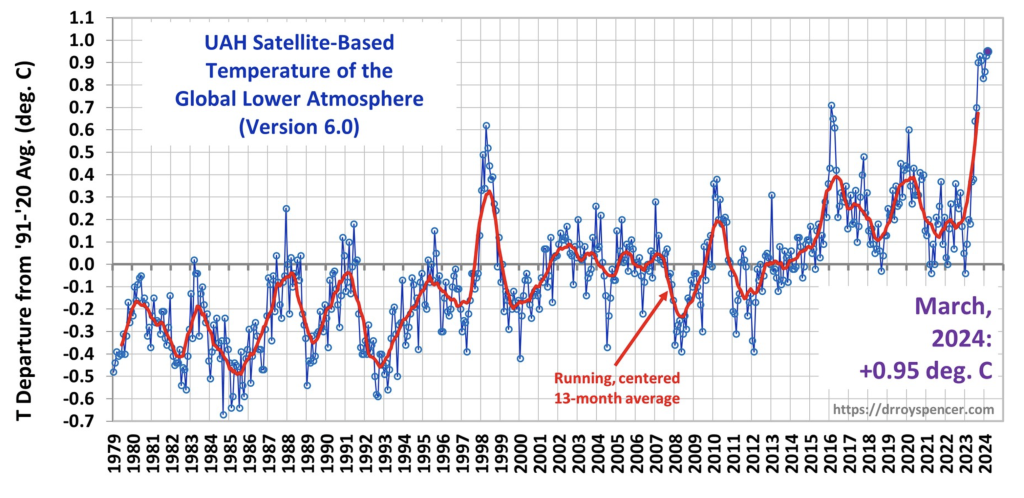
There is too much ‘bait and switch’ in the new movie, for me to take it seriously, or to promote it – which I understand is disappointing for some of my colleagues. I am disappointed so many sceptics are so actively promoting ‘Climate: The Movie’, and uncritically, apparently because they like its message and because so many ‘big names’ feature in it. That seems to be much the reason so many people promoted ‘An Inconvenient Truth’, which was also primarily a work of propaganda.
I am not a consensus scientist. And to repeat, it is never a good idea to uncritically repeat nonsense.
One of my preferred sources of daily news is Zerohedge.com and it recently ran a story headlined: We’re going to lose a major war: US navy deletes photo of ship commander shooting rifle with backwards scope.

Not getting things backwards is important.
It is important to understanding how incoming solar radiation warms the oceans that warm the atmosphere if we really care about climate change. And popular new movie or not, it is disingenuous to promote clouds as controlling the climate, rather they are an important feedback. I will write more about this in coming months.
Thanks for reading this far!
Dr Jennifer Marohasy, 14 April 2024.
P.S.
In a secular society that is a democracy, government policies would be based on evidence. Governments might rely on scientists to provide this information, and citizens would expect journalists to be a little sceptical of everyone and to honestly report corruption especially of the evidence so critical to good policy.
None of this happens anymore. Not at all. Not where I live, in Australia. Rather our society is increasingly conformist and corporatist, with legitimacy and authority held by special interest groups with decisions made through constant negotiations between these groups and government. Meanwhile many scientist just make it up; their peer-review publications are as good as fiction. It doesn’t matter whether the issue is Covid, the state of the Great Barrier Reef or the historical temperature record.
It was back in November 2017 that I showed there was a lack of equivalence between the Australian Bureau of Meteorology’s temperature measurements from platinum resistance probes in automatic weather stations and traditional mercury thermometers for the weather station at Mildura. My more recent transcribing and analysis of the data from Brisbane Airport confirms that the probes can be calibrated to measure warmer than a mercury thermometer.
Before that, beginning back in 2014, I showed that official temperatures are often remodelled by the Bureau, so the present appears as much as 2 degrees warmer for the same weather. I have also shown that limits were placed on how cold temperatures could be recorded. There is also the issue of scratching record hot days that occurred more than 70 years ago.
These are the same temperature measurements that underpin the faux temperature reconstructions compelling entire economies to switch to renewables with far reaching implications. These are the measurements that are being used to tell young women they should not have children, because the world is overheating and there will be no future for their children.
Very few people understand how temperatures are measured, yet they will appeal to this data when making important life decisions including the car they aspire to drive and how many children they won’t be having. In a recent blog post, I try and explain something about the history of temperature measurements using Cape Otway Lighthouse as an example, and how this long and continuous series was compromised with the abrupt change to a probe, and how the Bureau have further homogenised that part of the record that probably did have some integrity through its routine, industrial scale remodelling of all the temperatures series that it uses to report on climate variability and change. The only true way to lead a no-regrets life is to put sometime into testing core underlying assumptions, I challenge everyone to do that by reading ‘Parallel Temperature Data, Except for Cape Otway lighthouse’. My link is to the article at WattsUpWithThat.com, as the comments thread is also worth scanning.
‘The Twitter Files’ confirm what many have suspected for years: that governments and much of the mainstream media actively work with social media giants to censor and de-platform those they disagree with and push particular agendas.
Many of our once trusted institutions are now engaged in little more than keeping us, the public, in a state of unnecessary and constant fear.
Managers at the Australian Bureau of Meteorology have for years misled the public on the state of the climate. It is not getting drier, nor are rainfall events more extreme, and the extent to which some coastal locations may have warmed over the last hundreds years is unclear because of all the changes to the measurement methods. The extent of the remodelling of the temperature record can be explored through an interactive table, unique to this website, with maximum and minimum annual series for all 112 ACORN-SAT sites (versions 1 and 2) juxtaposed against the real data.
I’ve spent a lot of time over the last decade researching a technique for forecasting rainfall using artificial neural networks, a form of artificial intelligence. The technique is detailed in a series of peer reviewed papers with most listed at ClimateLab.com.
I’ve published on a great diversity of topics, as you can see if you sort through the list of my publications at Google Scholar, click here.
I’ve also made some short films over the last few years. Mostly about coral reefs, but also one very short film about sea level change in Noosa National Park.
Thanks for reading this far!
I do have an official Facebook page, but I never know when I might be next ban from posting there. To be sure to stay-in-the-loop, and receive my irregular monthly e-newsletter, consider subscribing. If you like the work I do, you can make a donation via paypal.me/ClimateLab.
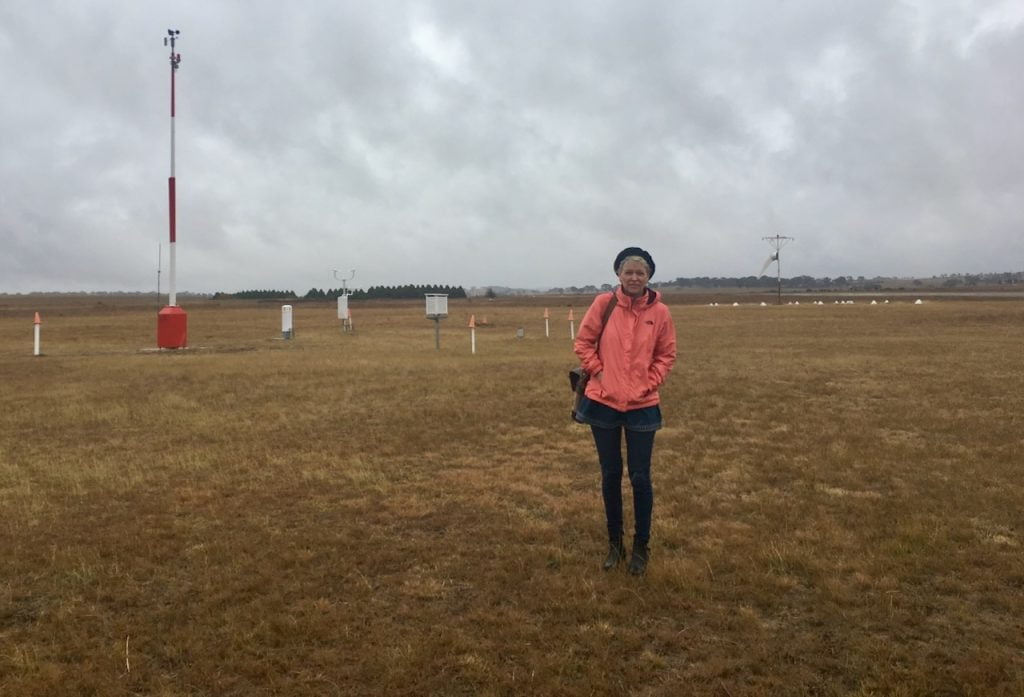
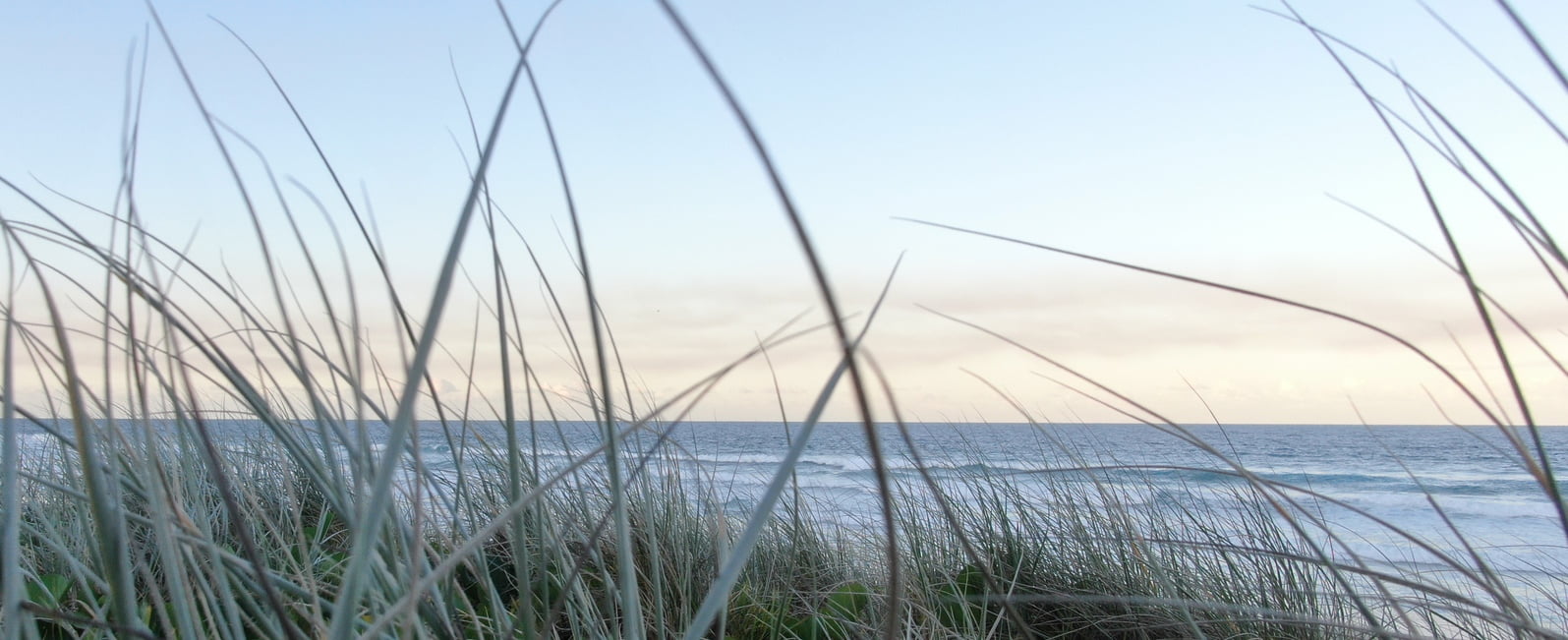
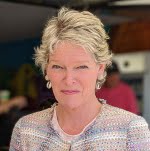 Jennifer Marohasy BSc PhD is a critical thinker with expertise in the scientific method.
Jennifer Marohasy BSc PhD is a critical thinker with expertise in the scientific method.
